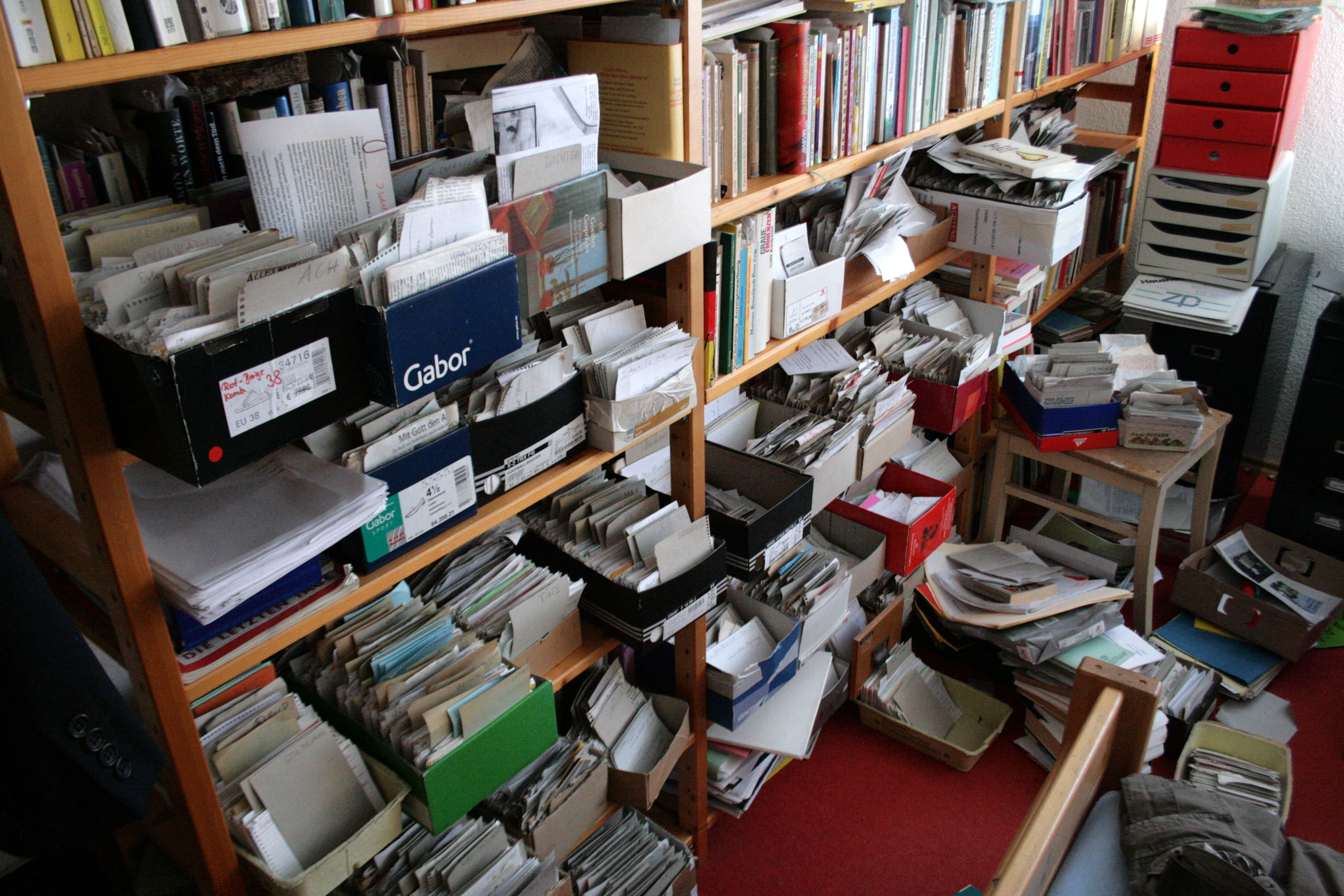Zettelkasten

Zettelkasten, a German word for “slip-box”, is a note-taking method and a personal knowledge management used in research and study1. The notes contain metadata for associating notes with each other, such as tags that describe the key aspects of the note. Also, the notes are numbered hierarchically so that new notes can be inserted in between under the appropriate number:
1. Topic 1
1.a Subtopic 1
1.b Subtopic 2
1.b.i Inner subtopic 1
1.b.ii Inner subtopic 2
2. Topic 2This method eliminates the need for dynamically organizing notes with folder structures which can be time consuming and hard to make connections with. It also makes it easier to draw connections and relationships that can be useful in research and creative writing which otherwise would have been difficult with other information management system.
Zettelkasten has been around since the 1500s and used by individual researchers and organizations for managing information. However, it was popularized by the sociologist Niklas Luhmann2 who built his own zettelkasten of some 90,000 index cards for his research which he claimed to be his secret for extraordinarily writing over 70 books and 400 scholarly articles in his lifetime. Luhmann linked the cards together by assigning each a unique index number based on a branching hierarchy. The index cards were digitized and made available online in 20193.
Zettelkasten Note-Taking Method: Simply Explained4
https://en.wikipedia.org/wiki/Zettelkasten “Zettelkasten”
↩︎https://en.wikipedia.org/wiki/Niklas_Luhmann “Niklas Luhmann”
↩︎https://web.archive.org/web/20200712193714/https://www.heise.de/newsticker/meldung/Missing-Link-Luhmanns-Denkmaschine-endlich-im-Netz-4364512.html “Missing Link: Luhmanns Denkmaschine endlich im Netz”
↩︎https://www.youtube.com/watch?v=rOSZOCoqOo8 “Zettelkasten Note-Taking Method: Simply Explained”
↩︎